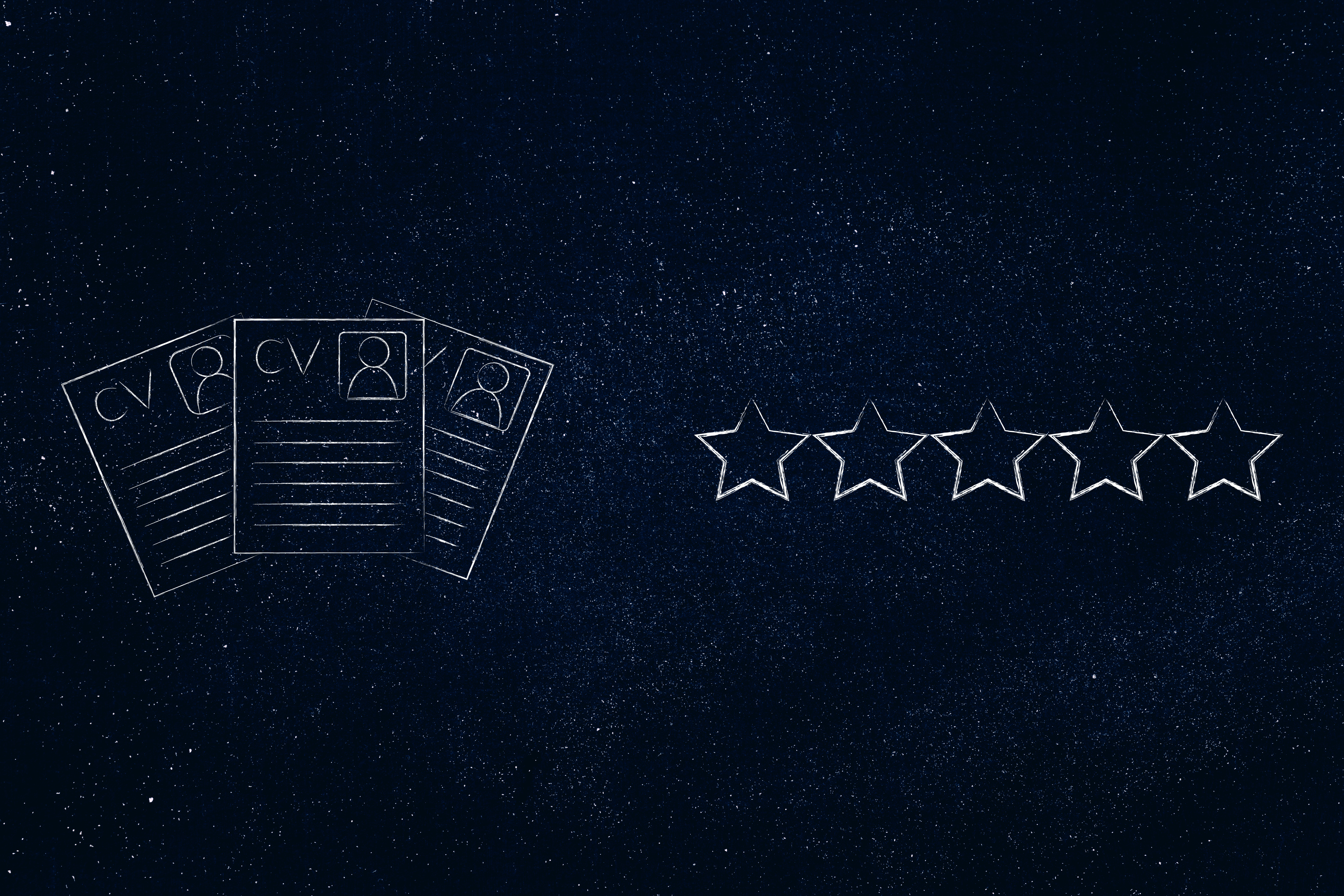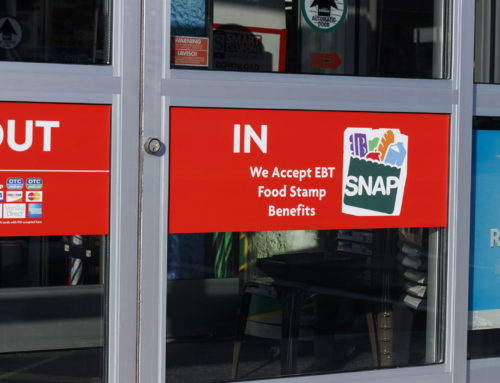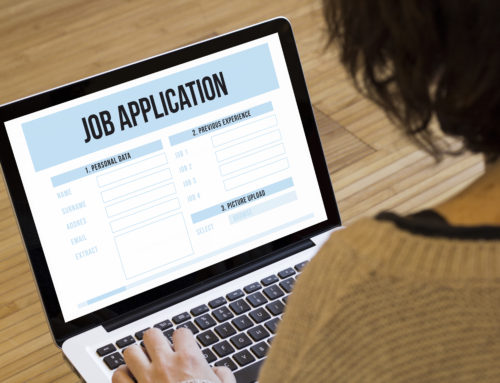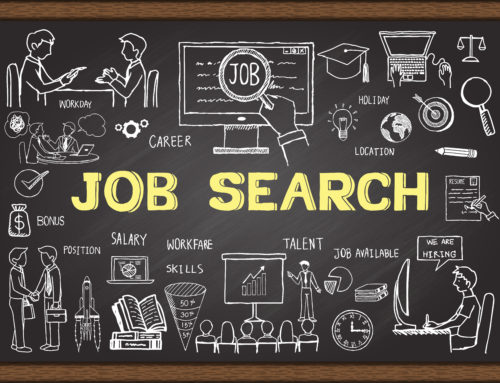We reviewed thousands of resume cover letters and know what it takes to stand out. Follow our expert advice and examples to learn how to quickly write a cover letter that can lead to landing an interview for your dream job.
On the job hunt, yet getting slowed down by the need to write that perfect cover letter? We’ve got you covered with the tricks of cover letter writing that will help you stand out in the pile of applications.
This guide includes expert advice on the following topics:
- A sample cover letter is broken down into simple components
- What information is good to include vs unnecessary
- Formatting tips
- Example cover letters that stand out from the crowd
Before we dive into each section of the cover letter, let’s focus on the bigger picture of what you need to remember when getting started.
Let’s start with a full example cover letter, then we’ll break it down into step-by-step instructions to make this as easy as possible.
The key to a strong cover letter is personalizing each and every section. Here is a step-by-step guide for how to make each section customized for the specific job you’re applying for.
Part 1: HEADING
Make sure your contact information and resume formatting match your cover letter. These will come together as an application package, so you should put in the effort to make them consistent.
Part 2: GREETING
After all this time searching for jobs and studying the job description, you’re finally speaking directly to someone at the company. Take the time to look up the hiring manager’s name – usually available on company websites or on LinkedIn, if you research hard enough. Here are some options, depending on the job:
- Dear John – Informal, only used if they list their first name as the direct contact for this position or if the company has a more laid-back vibe
- Dear Mr. Johnson – More formal, the default if you are unsure
- Dear Mr. Johnson and Hiring Team – If you cannot determine that this hiring manager is the person responsible for filling your position, you can add “and Hiring Team” to broaden the letter’s recipients.
- Dear Company Hiring Team: If unable to find the Hiring Manager’s name, this is the last resort. Be sure to personalize the name of the company.
- Never use “To Whom It Make Concern”: It’s outdated and impersonal.
Part 3: FIRST PARAGRAPH
A three-paragraph cover letter will allow you to cover major highlights but not become too long-winded. The first paragraph is simple and intended to jumpstart the conversation. Here’s the goal of the first paragraph:
- Clearly mention the role for which you’re applying
- Connect this role with your background
- Provide any context for why you decided to apply
- Answer any required questions the job description mentioned
Here’s an example opening paragraph. In the job description, the company requested the know what three things you plan to contribute to the team – mostly as proof you read to the end of the description.
Part 4: SECOND PARAGRAPH
This paragraph should be focused on your professional experiences. Study the job description and pull specific requirements from it into your cover letter. You’ll want to answer these questions:
- How did my past jobs prepare me for this role?
- What specific responsibilities or skills from former jobs are mentioned in this job description?
Prove you have the skills for this job by telling them how you will translate old experiences into this role.
The job description for this role listed these requirements:
- Develop and oversee project timelines for product execution, coordinating with each team to ensure on-time delivery
- Manage client requests and work closely the Customer Success team to build client relationships for retention
- Spearhead technical support for client requests
- Have extensive experience using Salesforce, Google Suites, and Shopify
Using the job description as a roadmap, you can elaborate on the job requirements that you’ve had the most experience in. Here’s an example:
Part 5: CLOSING PARAGRAPH
Since you’ve covered the specific job requirements in the last paragraph, you can zoom out into the bigger picture here: how does this company align with your goals?







Leave A Comment